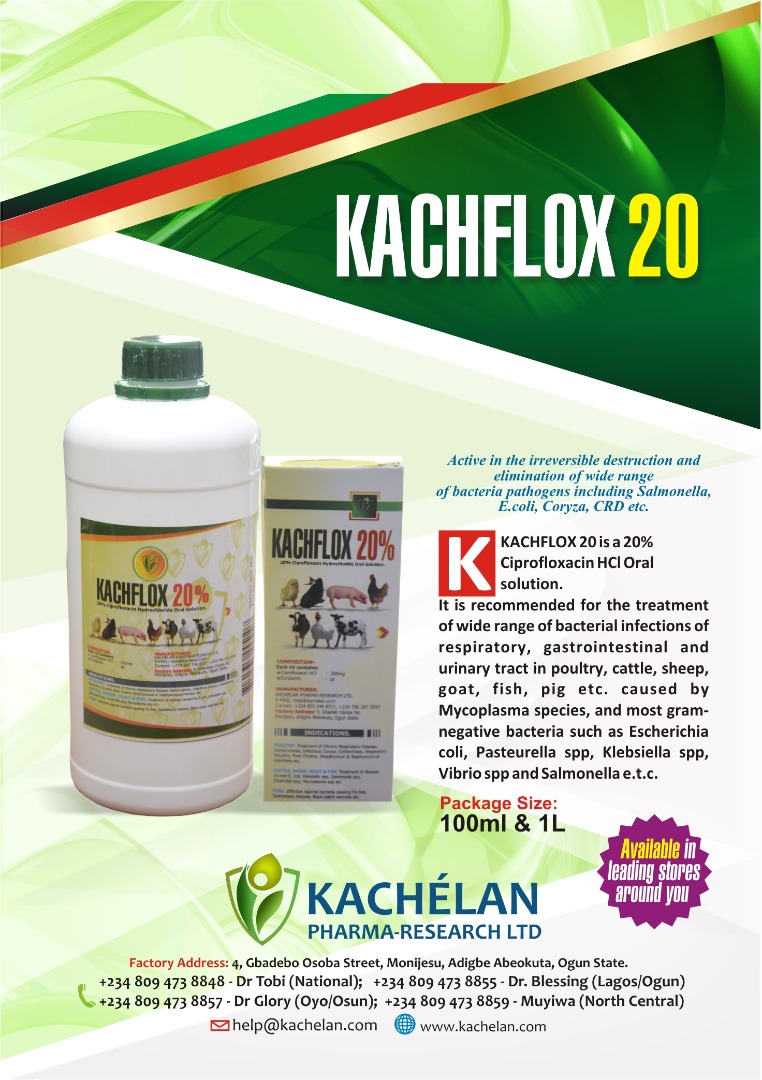5 Tips for Monitoring Your Herd’s Rumen Health
France is the cradle for many famous breeds of beef animals that are used globally. Three of the most preferred French breeds are the Charolais, known for its high growth performance; the Limousine, renowned for its rearing abilities; and the Blonde d’Aquitaine, recognized for its ability to produce a high percentage of meat.
 Learn More
Learn MoreWith more than 4 million suckler cows, France has one of the biggest cow-calf systems in Europe. Typically, a French farmer will have both a cow-calf system and a fattening unit for heifers, cows and culled young bulls. This allows for the entire process to be completed in one place, limiting the carbon footprint.

“Despite the many successes on French farms, acidosis is a challenge that often occurs in beef herds,” said Thomas Pacalier.
“Cattle that are fed corn silage-based diets consume a higher level of starch, which can cause them to develop acidosis. Fortunately, there are several simple steps that can be carried out to diminish the likelihood of an animal being affected.”
ATTENTION: Click “HERE” to receive More updates directly on your WhatsApp!
Check the color of the horns. White is a sign that the rumen is operating at its optimum level, while red should be considered a warning sign.
READ ALSO: Foot Rot in Cattle; Causes, Symptoms, Treatment and Prevention
Take note of the animal’s behavior, as those suffering from acidosis may behave more aggressively (e.g., fighting with pen-mates).
Analyze the manure; ideally, loose stools with a lot of undigested grain or fiber should be avoided.
Watch how the animal walks and stands. Lameness can indicate that the rumen is not functioning at the desired level.
Ensure the cattle are lying down and chewing after feeding. If less than 50 percent of the herd displays this type of behavior in the hours after eating, there may be an issue with digestion.
READ ALSO: 9 Tips For Preventing Pasture Bloat In Cattle
To avoid issues such as acidosis, it is important to take a regular look at the animal and its behavioral patterns. The diet should be prepared with a mixture of starch from various sources, while rough fiber should be added to the feed in order to stimulate the rumen. Maintaining a healthy rumen is the basis for ensuring high feed efficiency levels, which allow your herd to reach its peak performance. It is important to remember that small changes to the diet or management practice can unintentionally disturb rumen health. Therefore, it is important to adapt the diet in response to the insights gained from studying the animal.
ATTENTION: Click “HERE” to receive More updates directly on your WhatsApp!















